Dinner
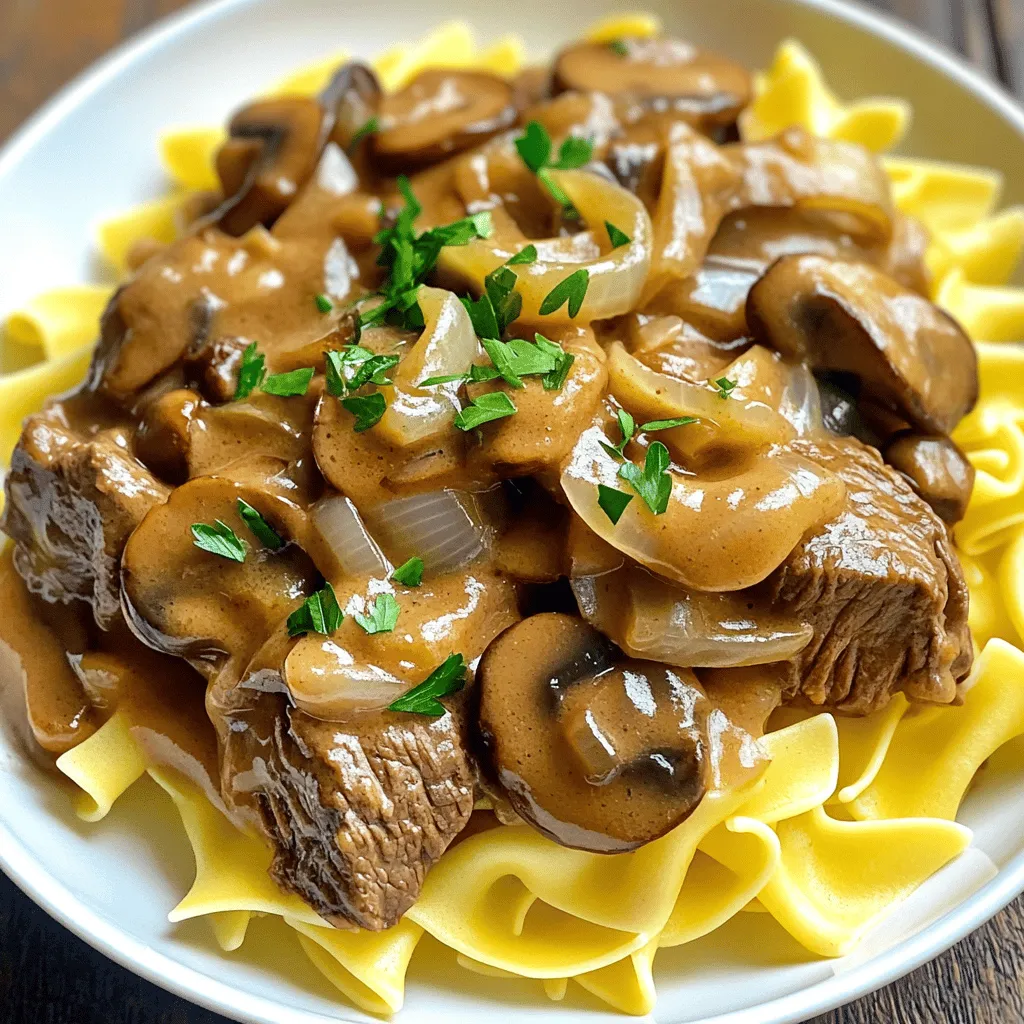
Slow Cooker Beef Stroganoff Easy Comfort Food Recipe
Looking for an easy, hearty meal that warms your soul? My Slow Cooker Beef Stroganoff recipe delivers big flavors with minimal effort. You’ll enjoy tender
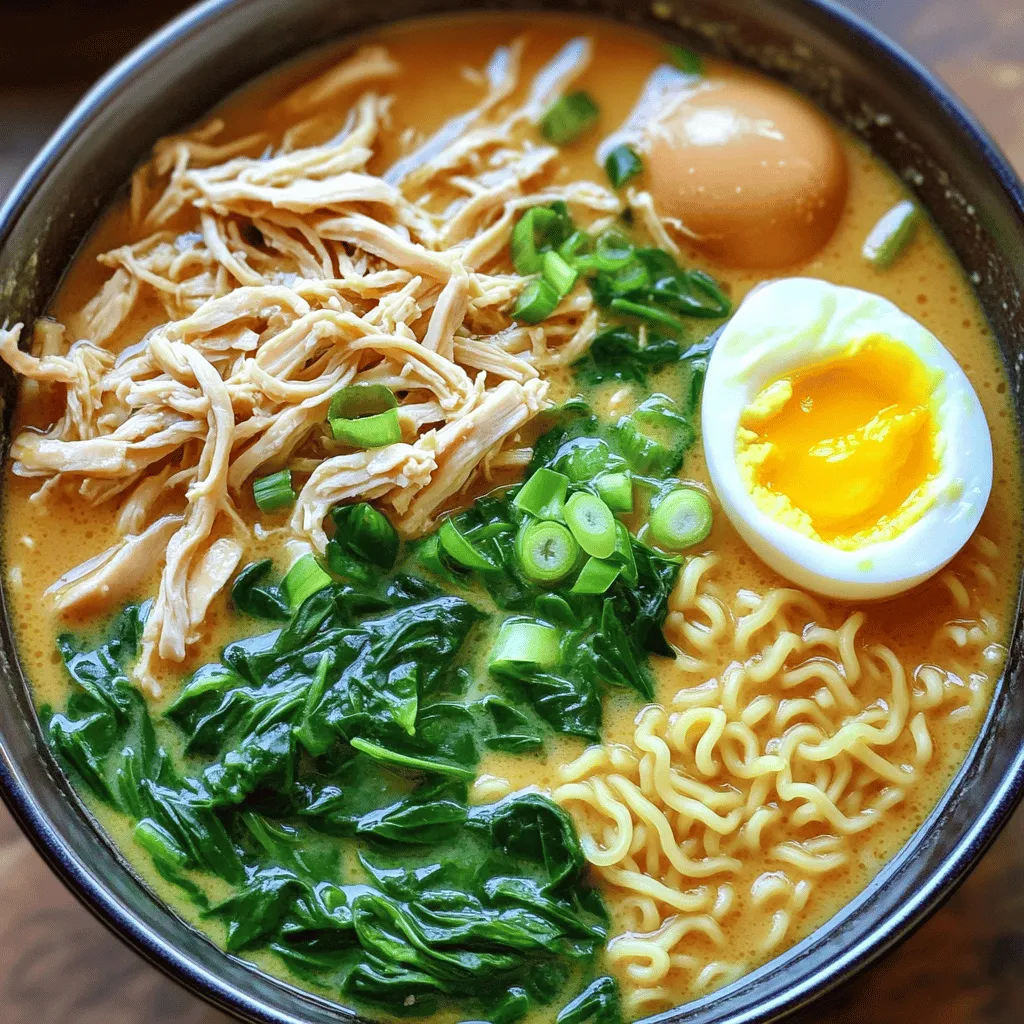
Instant Pot Creamy Chicken Ramen Simple Comfort Meal
Craving a warm, comforting meal that’s quick and tasty? My Instant Pot Creamy Chicken Ramen is perfect for you. This recipe combines rich flavors and
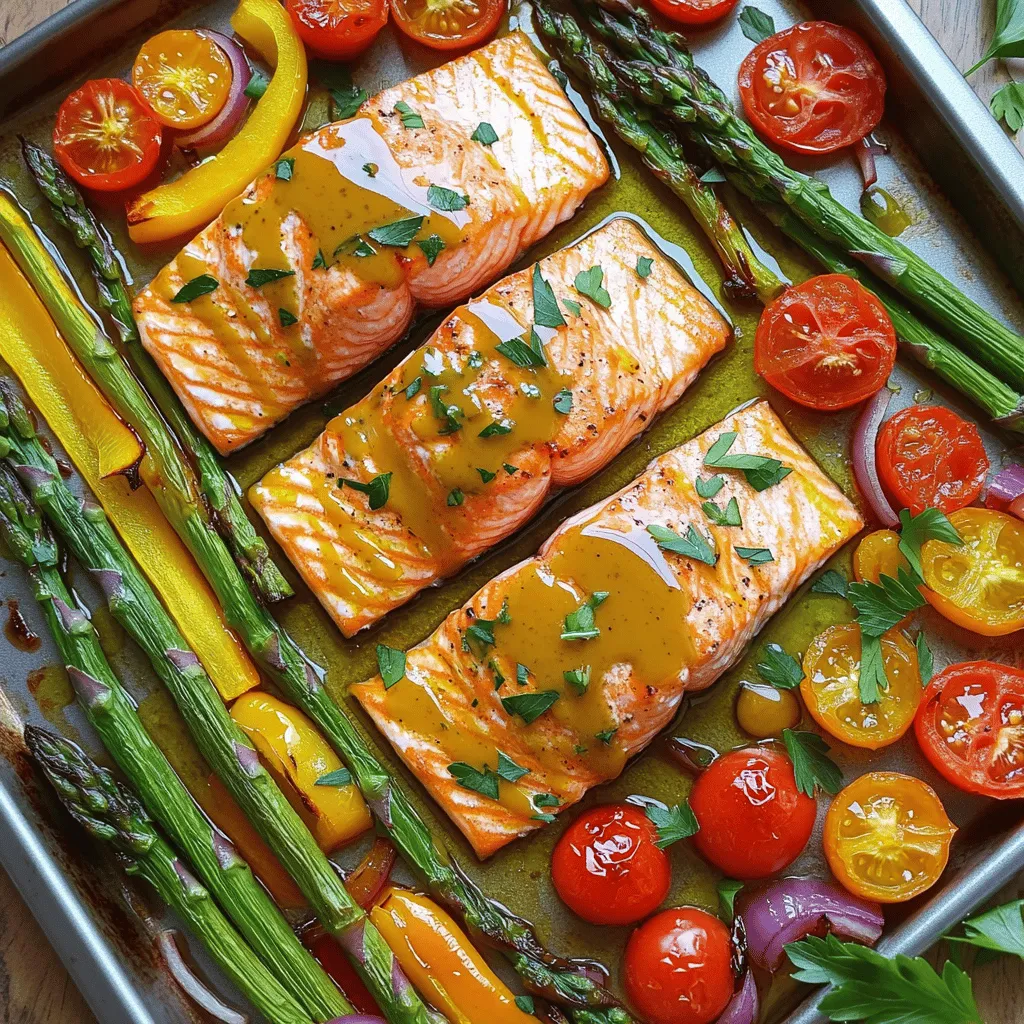
Maple Roasted Salmon & Veggies Sheet Pan Delight
Looking for a quick, healthy meal? My Maple Roasted Salmon & Veggies Sheet Pan Delight brings bold flavors to your table in just one pan.

Chili Crisp Garlic Fried Rice in 15 Minutes Delight
Craving a quick and tasty meal? In just 15 minutes, you can whip up Chili Crisp Garlic Fried Rice that’s bursting with flavor. This dish
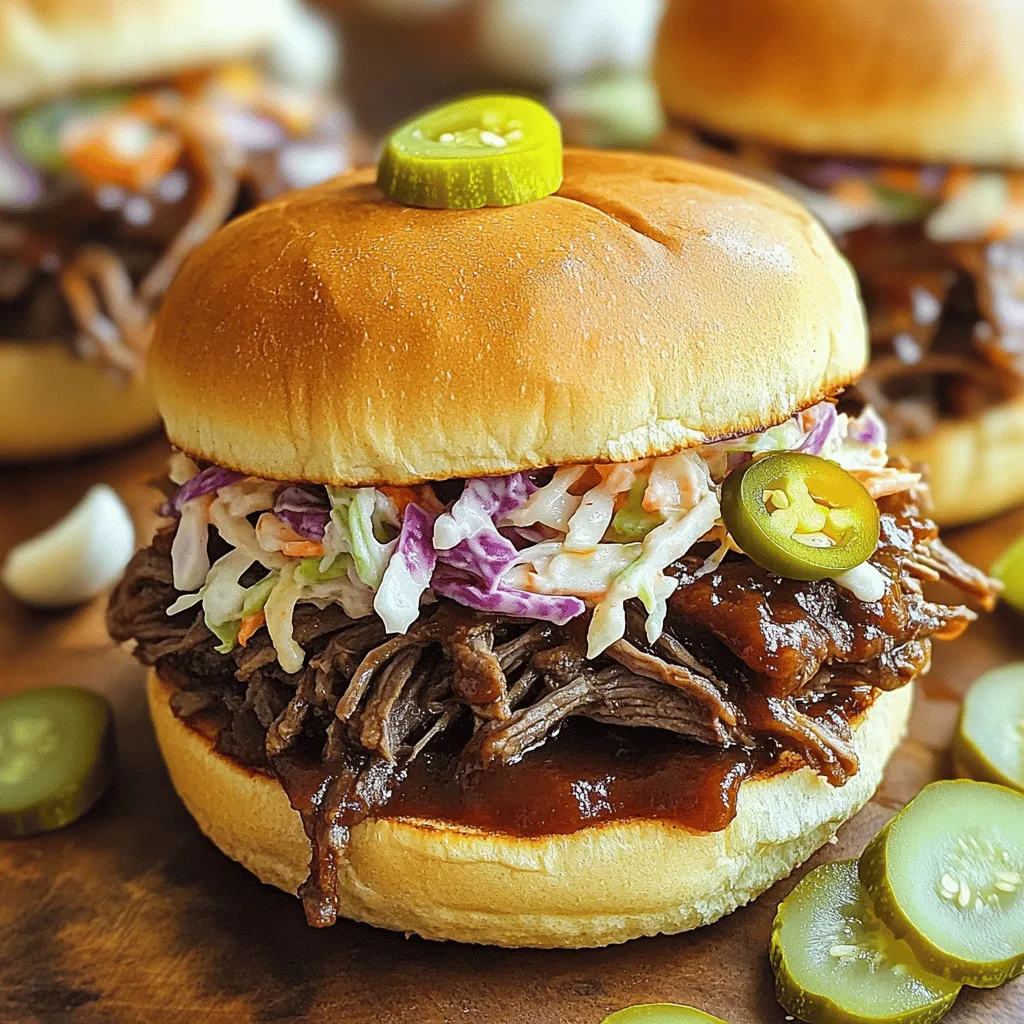
Slow Cooker BBQ Beef Sandwiches Savory and Simple Meal
Looking for a meal that’s both tasty and simple to prepare? Let me introduce you to Slow Cooker BBQ Beef Sandwiches! With just a few
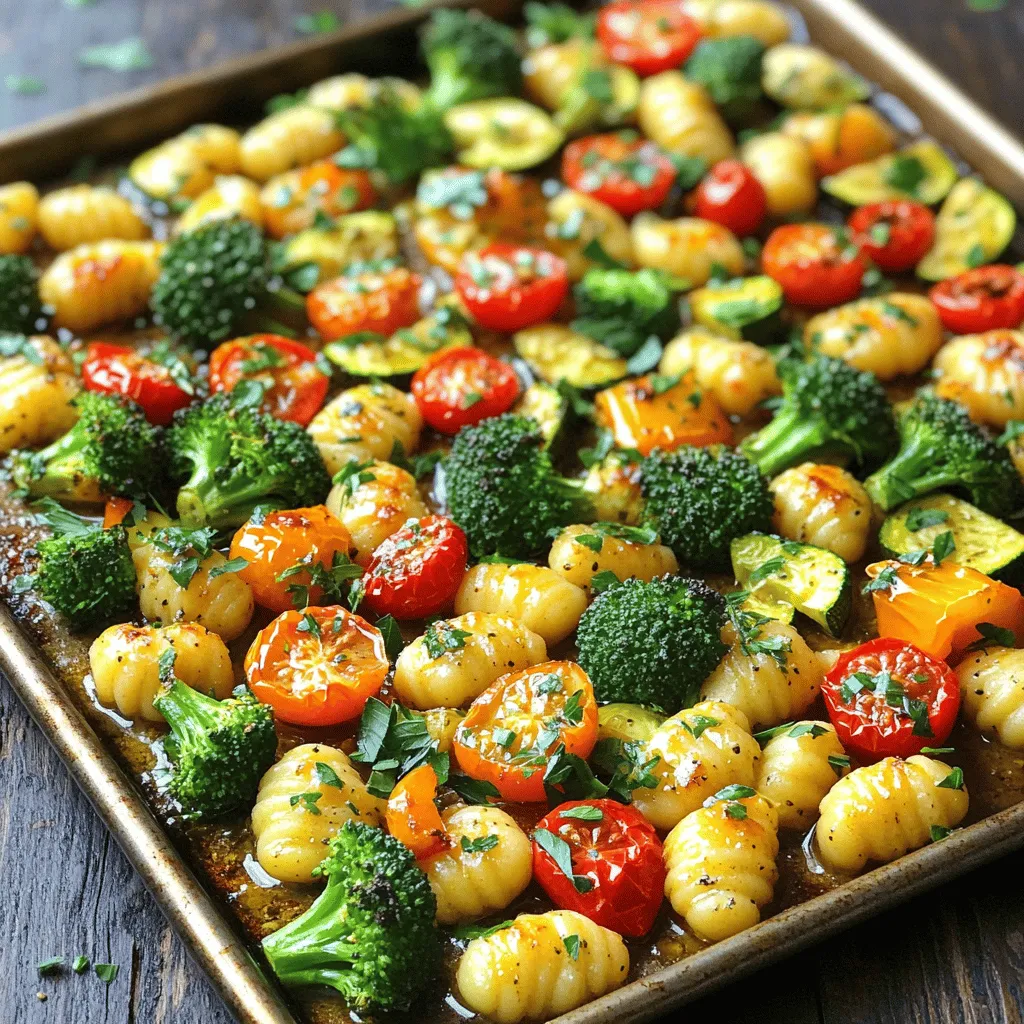
Sheet Pan Garlic Butter Gnocchi and Veggies Delight
Are you ready to savor a quick and tasty meal? This Sheet Pan Garlic Butter Gnocchi and Veggies Delight brings together soft gnocchi and fresh
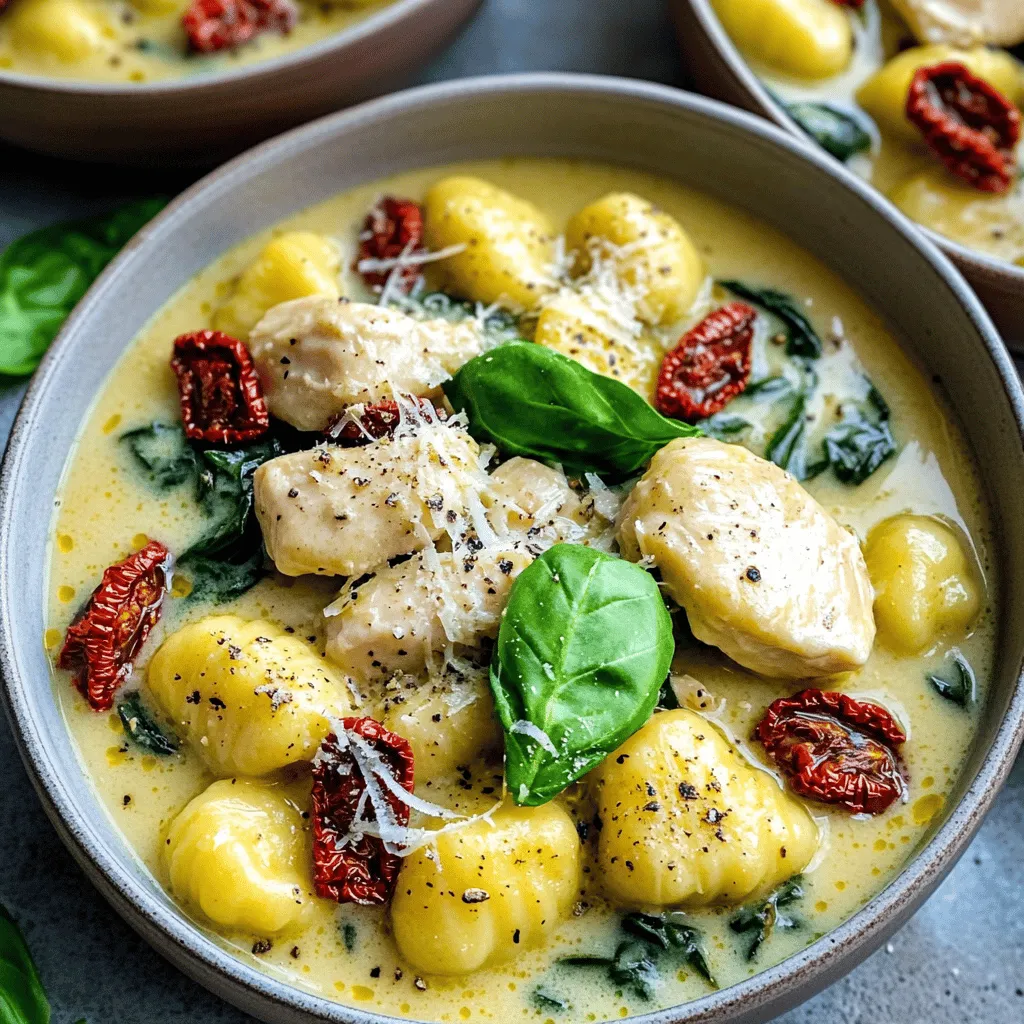
One Pot Creamy Tuscan Chicken Gnocchi Delight
Welcome to your new favorite dish: One Pot Creamy Tuscan Chicken Gnocchi Delight! This simple recipe combines tender chicken and fluffy gnocchi in a rich,

Minute Coconut Curry Ramen Tasty and Quick Meal
Are you ready to whip up a bowl of deliciousness in just minutes? My Minute Coconut Curry Ramen is quick, tasty, and perfect for busy
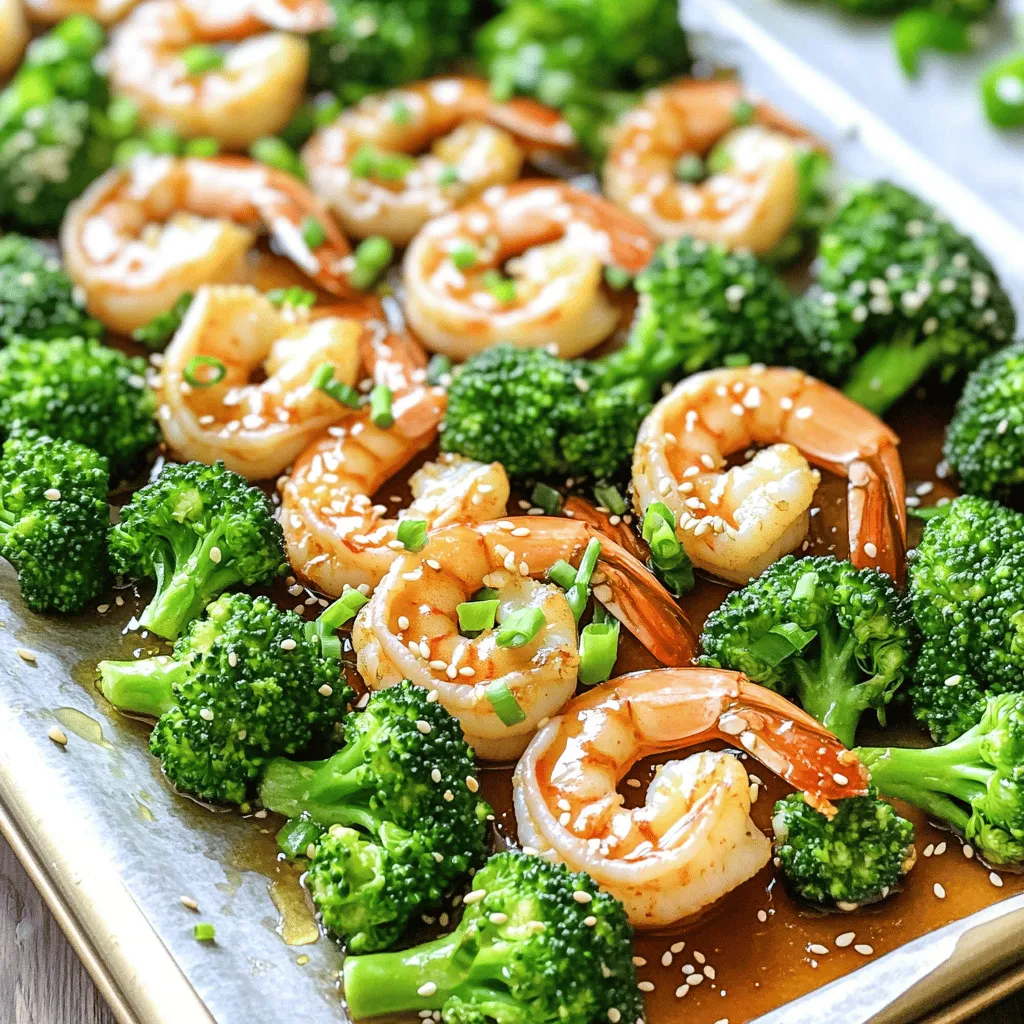
Sheet Pan Honey Garlic Shrimp & Broccoli Delight
Welcome to a tasty adventure with my Sheet Pan Honey Garlic Shrimp & Broccoli Delight! This simple dish comes together quickly and bursts with flavor.
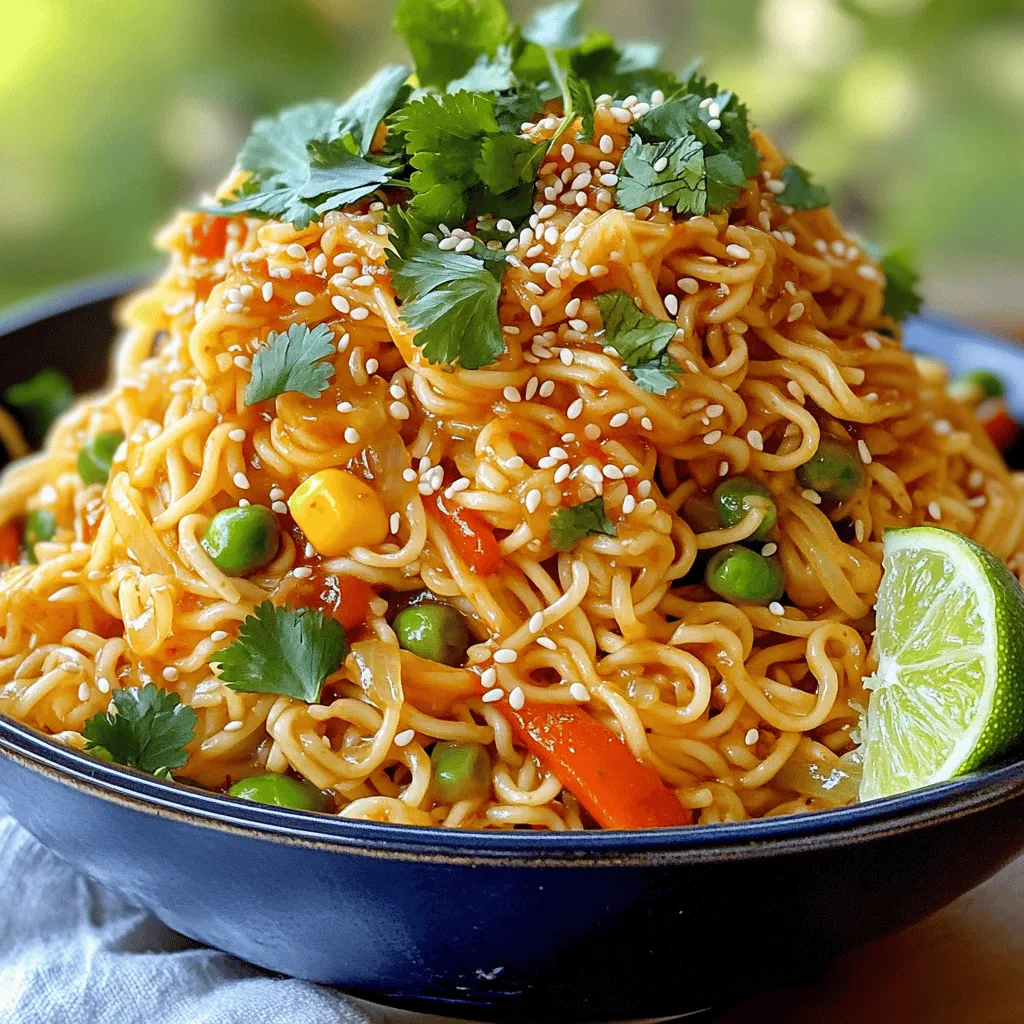
Garlic Chili Crisp Egg Noodles Flavorful Quick Dish
Welcome to my kitchen! Today, we’re making Garlic Chili Crisp Egg Noodles, a quick and tasty dish you’ll love. This recipe brings bold flavors right